The fascinating journey from wolf to dog is a tale of evolution, domestication, and human influence. While all dogs share a common ancestor in the gray wolf, certain breeds retain closer genetic and physical ties to their wild counterparts. These breeds, often characterized by their strong, independent natures and striking appearances, bear a resemblance to wolves that goes beyond the superficial. From their imposing stature to their keen hunting instincts, these breeds embody the wild spirit of wolves in various ways. Some have been selectively bred to maintain wolf-like traits for specific purposes, while others naturally resemble their ancestors due to shared environmental adaptations. In this article, we explore 12 dog breeds that are closely related to wolves, delving into the characteristics and histories that link them to the majestic creatures of the wild.
1. Alaskan Malamute
The Alaskan Malamute, one of the oldest Arctic sled dogs, shares a striking resemblance to wolves in both appearance and temperament. Bred for strength and endurance to haul heavy freight, Malamutes possess a powerful build, thick coat, and a wolf-like face. They are known for their independence, intelligence, and pack-oriented social structure, mirroring the behavior of wolves. The breed’s thick double coat, erect ears, and bushy tail are reminiscent of their wolf ancestors, making them one of the breeds closest to wolves in both form and function.
2. Siberian Husky
The Siberian Husky, another breed developed for sled pulling in harsh Arctic conditions, exhibits many wolf-like traits. Known for their striking eyes, often blue or heterochromatic, and their medium-sized, muscular frame, Huskies bear a strong physical resemblance to wolves. Their thick double coat, erect ears, and distinctive facial markings add to this similarity. Siberian Huskies are known for their endurance, high energy, and pack mentality, which are also characteristic of wolves. Despite their strong wolf-like appearance, Huskies are known for their friendly and sociable nature.
3. Czechoslovakian Wolfdog
The Czechoslovakian Wolfdog, a relatively new breed, was intentionally created by crossing German Shepherds with Carpathian wolves. This breed was developed to harness the strength and stamina of wolves combined with the trainability of German Shepherds. They have a powerful, athletic build, a thick grey coat, and a wolf-like head, making them closely resemble their wild ancestors. Their high intelligence, strong prey drive, and pack mentality are traits they share with wolves, making them suitable for a variety of working roles.
4. Akita
The Akita, a breed originating from Japan, carries a striking resemblance to wolves with its powerful stature, dense coat, and alert, keen expression. Akitas have a strong, muscular build, erect ears, and a tail that curls over their back, all of which contribute to their wolf-like appearance. This breed is known for its loyalty, courage, and dignity. Akitas are independent and can be reserved with strangers, similar to the cautious nature of wolves. Their thick double coat, which comes in various colors including white, brindle, and pinto, adds to their majestic and formidable presence.
5. Canadian Eskimo Dog
The Canadian Eskimo Dog, also known as the Canadian Inuit Dog, has a long history as a working breed in Arctic environments, where they share a habitat with wolves. They have a robust build, a thick double coat, and a strong, wolf-like physique. Their physical and behavioral traits, including their pack mentality and vocalizations, are reminiscent of wolves. Canadian Eskimo Dogs are known for their endurance and ability to thrive in extreme cold, much like their wolf ancestors.
6. Saarloos Wolfdog
The Saarloos Wolfdog, created by crossing German Shepherds with European wolves, is another breed that exhibits many wolf-like characteristics. They are large, and muscular, and have a thick coat, erect ears, and a facial structure similar to wolves. The breed retains many wolf-like behaviors, such as a strong pack instinct and a reserved nature with strangers. Saarloos Wolfdogs are known for their loyalty and strong bond with their human pack, yet they maintain an independent and aloof demeanor.
7. Tamaskan Dog
The Tamaskan Dog is a breed that was developed to resemble a wolf but with no recent wolf ancestry. They have a striking wolf-like appearance, with a thick coat, straight bushy tail, and powerful build. Tamaskans are known for their intelligence, good temperament, and versatility as working dogs. Despite their wild appearance, they are friendly and sociable, making them suitable as family pets while retaining the majestic presence of wolves.
8. Northern Inuit Dog
The Northern Inuit Dog, a breed developed in the UK, was bred to resemble a wolf without having any wolf DNA. They have a wolf-like appearance, with a thick double coat, pointed ears, and a similar facial structure to wolves. Northern Inuits are known for their friendly, gentle nature, and strong desire to be part of a family pack. They are versatile and trainable, capable of adapting to various roles and environments.
9. Norwegian Elkhound
The Norwegian Elkhound, with its spitz-type features and gray coat, bears a striking resemblance to wolves. This ancient Nordic breed was used for hunting elk, bears, and other large game, showcasing their courage and resilience. Norwegian Elkhounds have a compact, sturdy frame, a thick gray coat, and a tail that curls tightly over their back. Their keen hunting instincts, loyalty to their pack, and fearless nature in the face of larger predators mirror the characteristics of wolves. This breed’s alert expression and capable demeanor underscore their similarity to the wild ancestors of dogs.
10. Swedish Vallhund
The Swedish Vallhund, while small in stature, has a striking resemblance to wolves, particularly in their facial structure and alert expression. Known as “Viking dogs,” these ancient herding dogs have a sturdy build, a dense coat, and a fearless, energetic temperament. Swedish Vallhunds are highly intelligent and versatile, excelling in various tasks and dog sports. Their wolf-like appearance, combined with their spirited and hardworking nature, makes them stand out as a unique and fascinating breed.
11. Greenland Dog
The Greenland Dog, an ancient breed used for sledding and hunting in Arctic conditions, has a robust build and thick coat that resemble those of wolves. They are strong and sturdy, with a dense double coat that protects them from harsh weather, much like their wild counterparts. Greenland Dogs are known for their endurance, strength, and independence. Their pack-oriented nature and ability to survive in extreme conditions reflect the survival traits of wolves. This breed’s physical endurance and adaptability to challenging environments make them a close relative to the wolf in both appearance and spirit.
12. Finnish Lapphund
The Finnish Lapphund, originally bred for herding reindeer in the Arctic, has a spitz-type appearance with wolf-like features. They have a thick double coat, pointed ears, and a friendly, expressive face that resembles a wolf’s. Finnish Lapphunds are known for their intelligence, agility, and good-natured temperament. While they are friendly and sociable, their hardy nature and adaptability to harsh climates reflect the resilience and strength of their wolf-like ancestors.
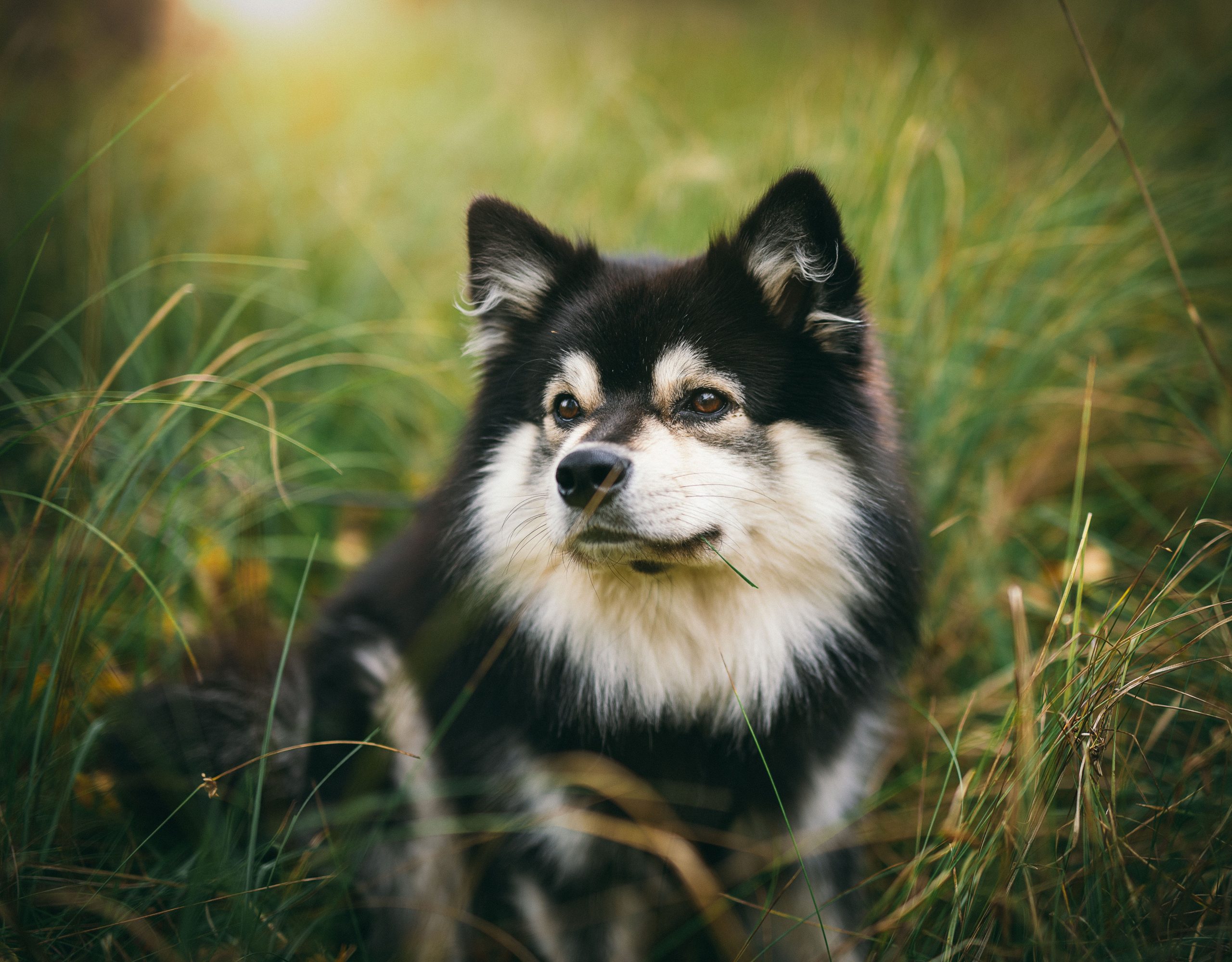
These 12 breeds demonstrate the incredible diversity within the canine world, with each breed carrying a hint of the wild, ancestral wolf in their appearance and behavior. While they range from the majestic and powerful to the agile and spirited, all share a connection to their ancient past, reminding us of the enduring bond between humans and dogs. Whether for companionship, work or simply the joy of sharing our lives with these magnificent animals, these breeds offer a glimpse into the wild heart of the canine spirit, echoing the call of their wolf ancestors.
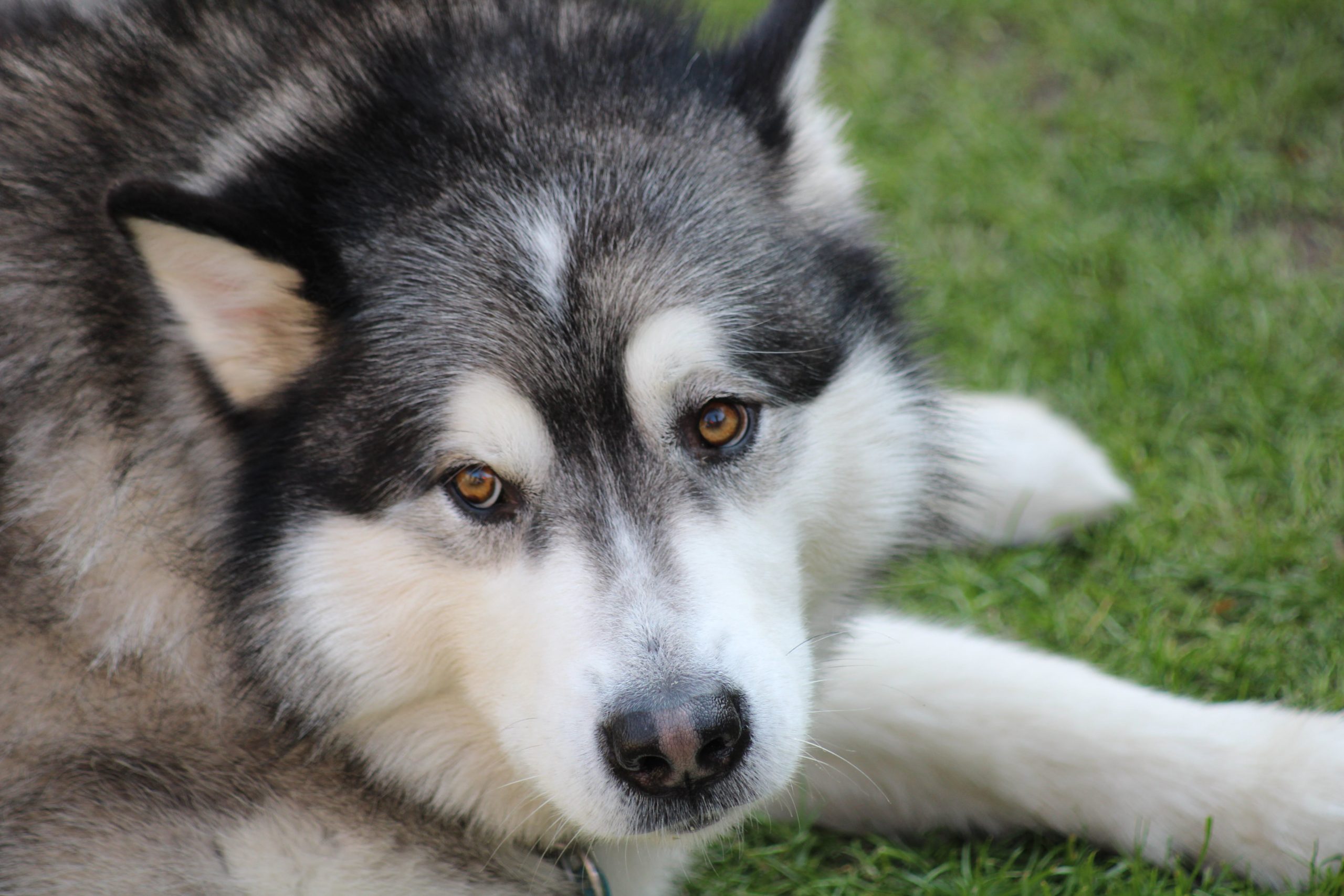
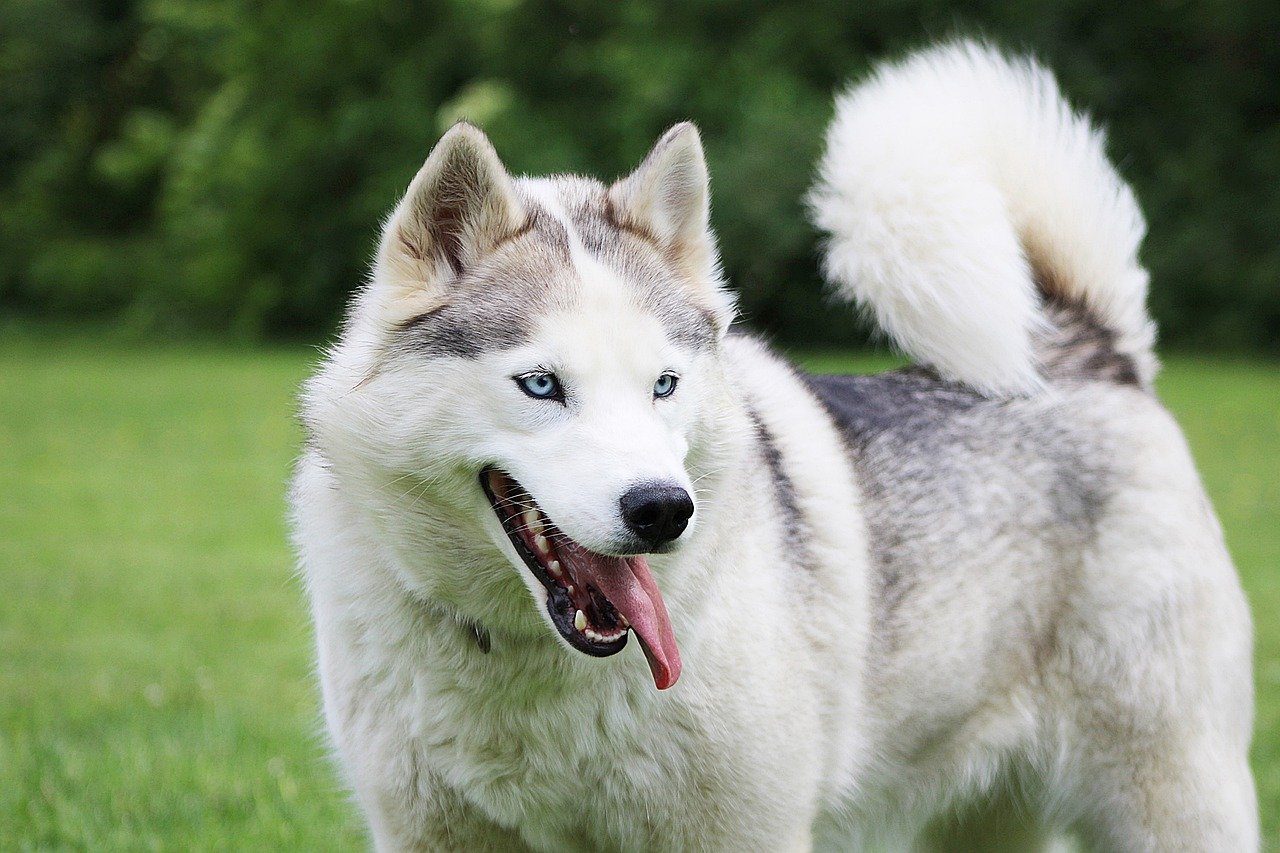
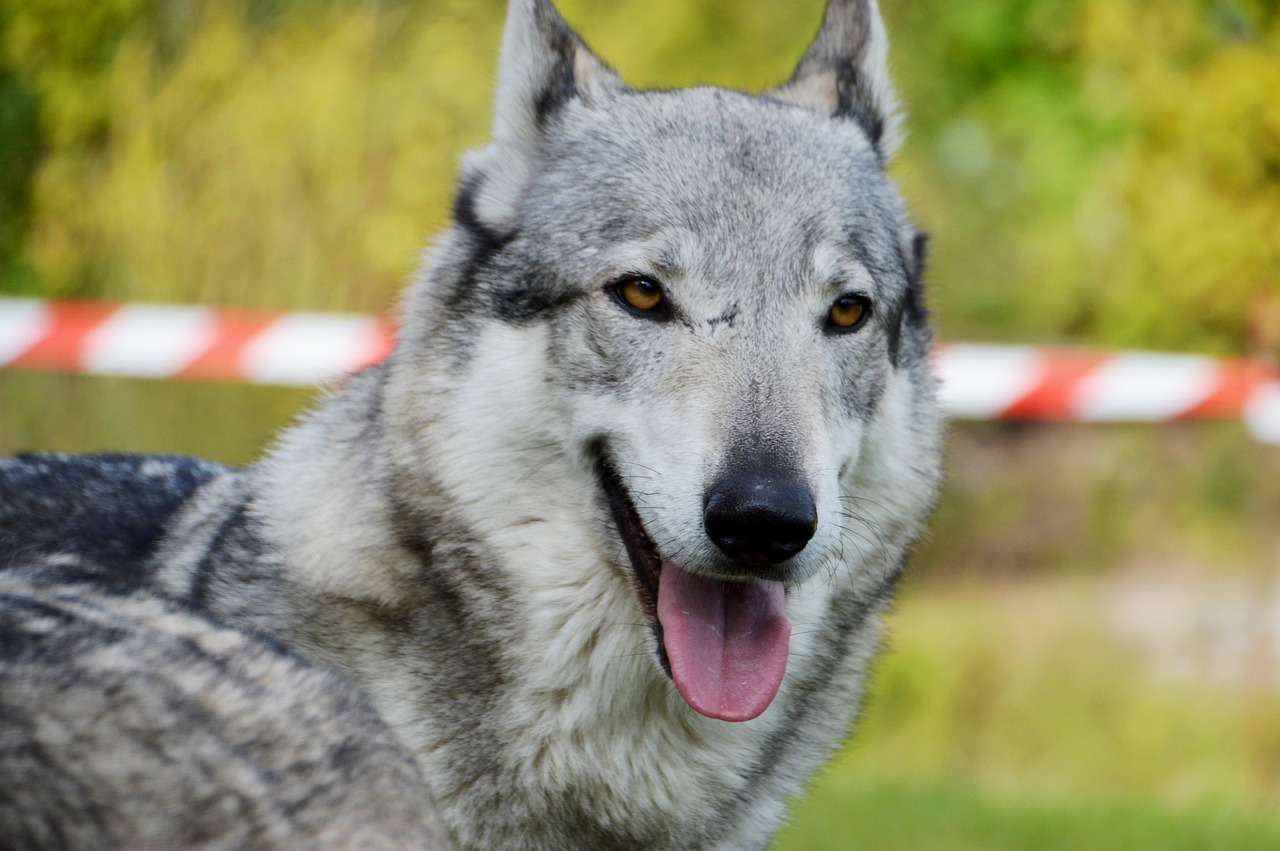

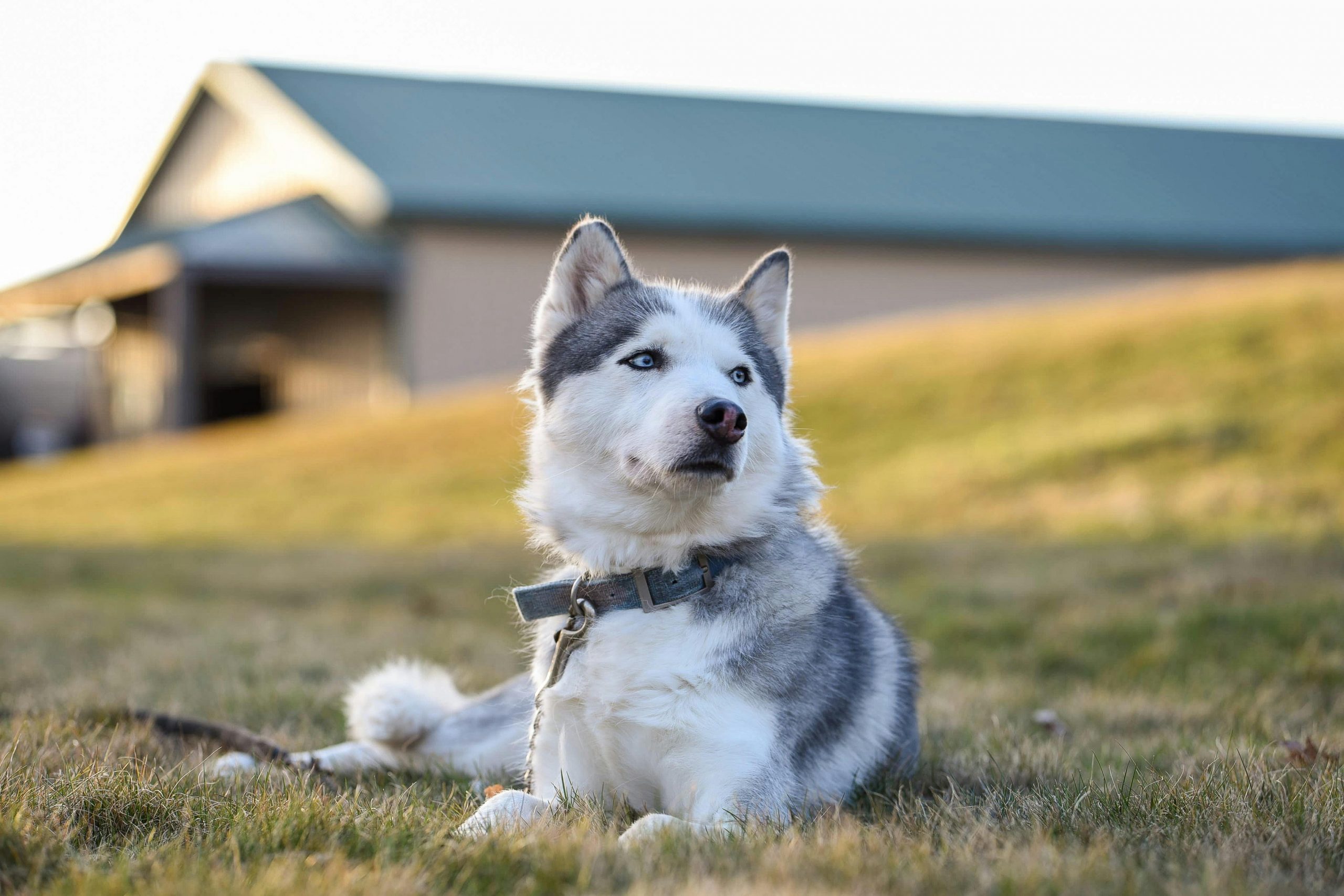

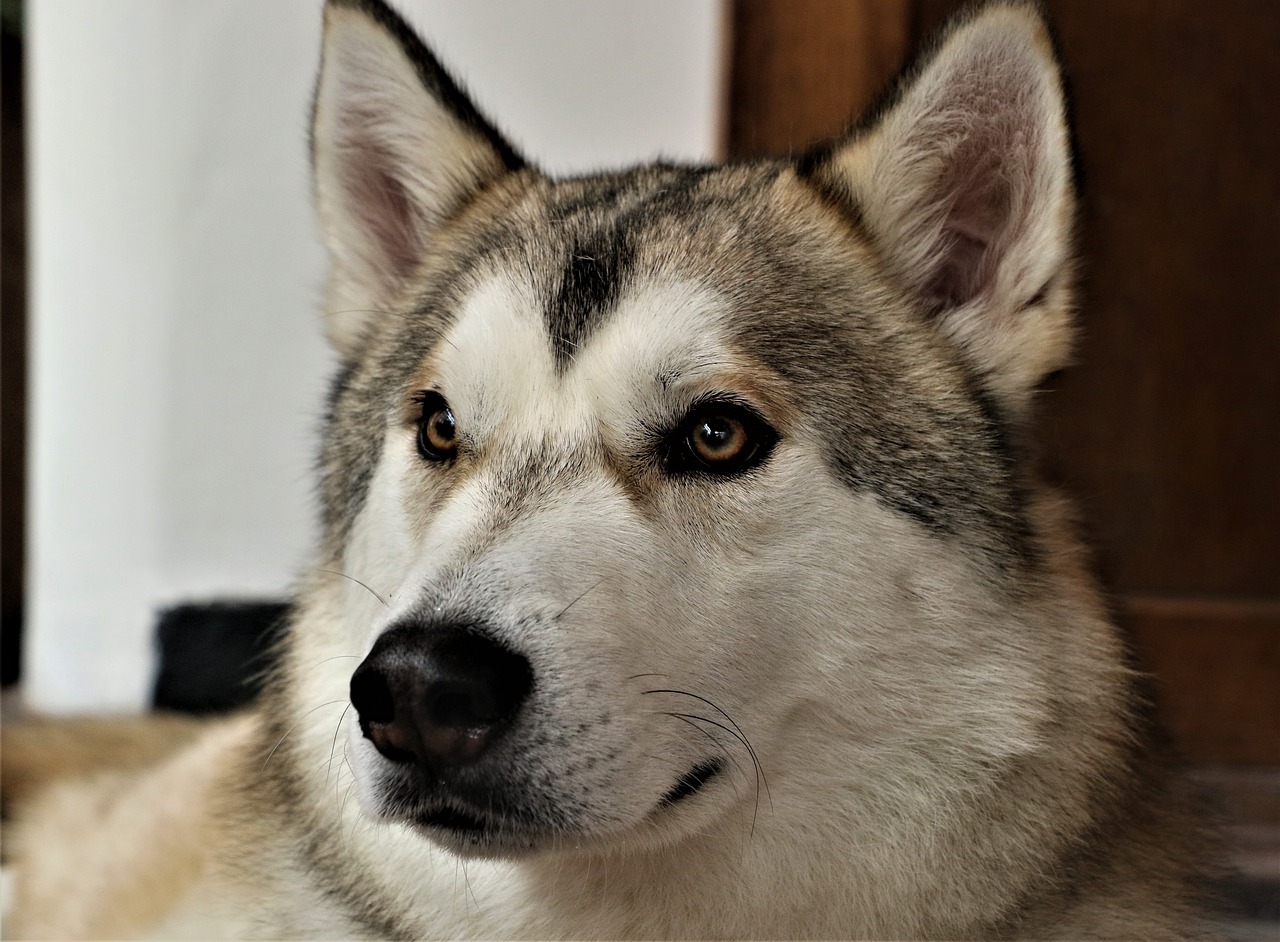
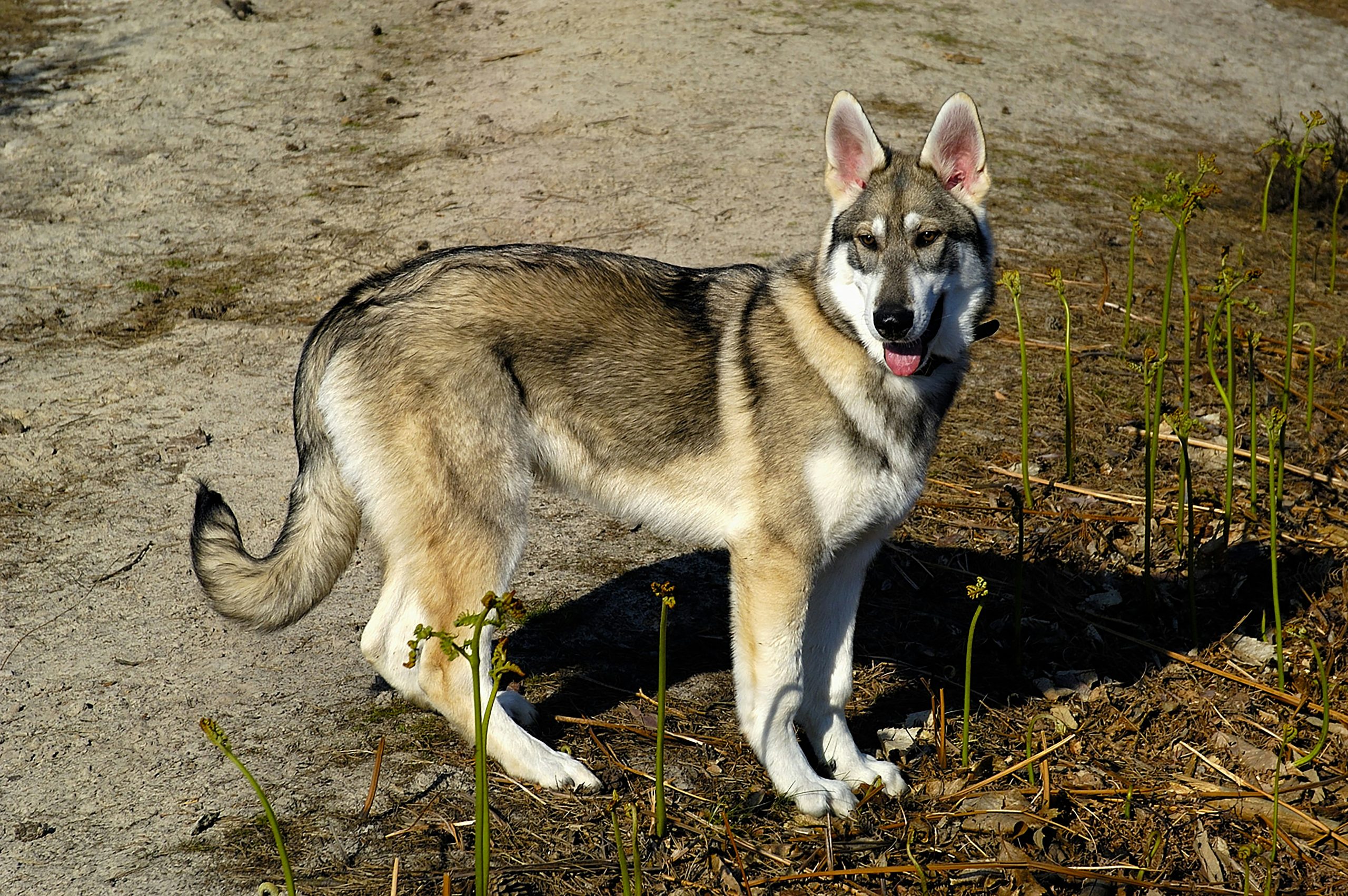
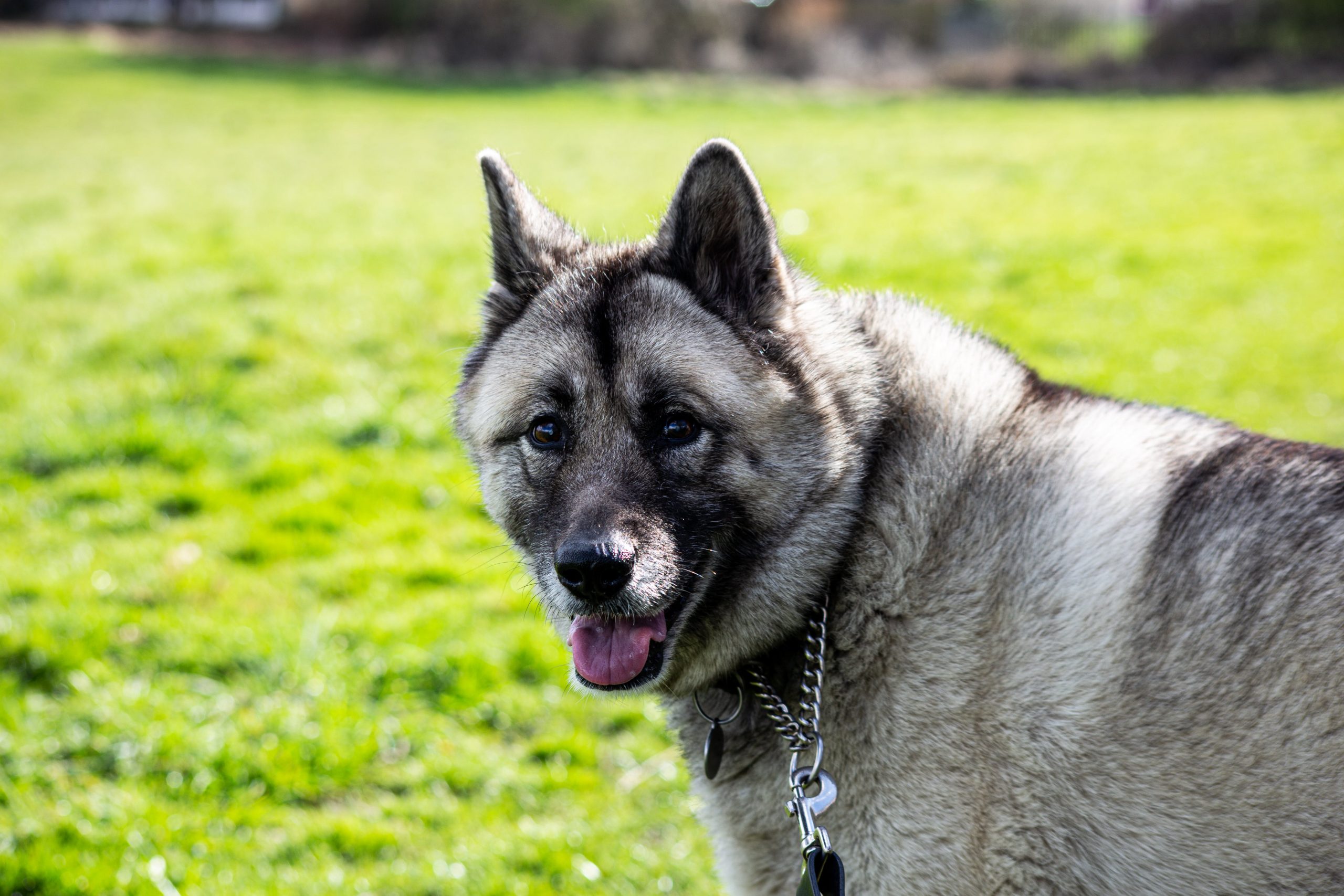


 Toledo, United States.
Toledo, United States.